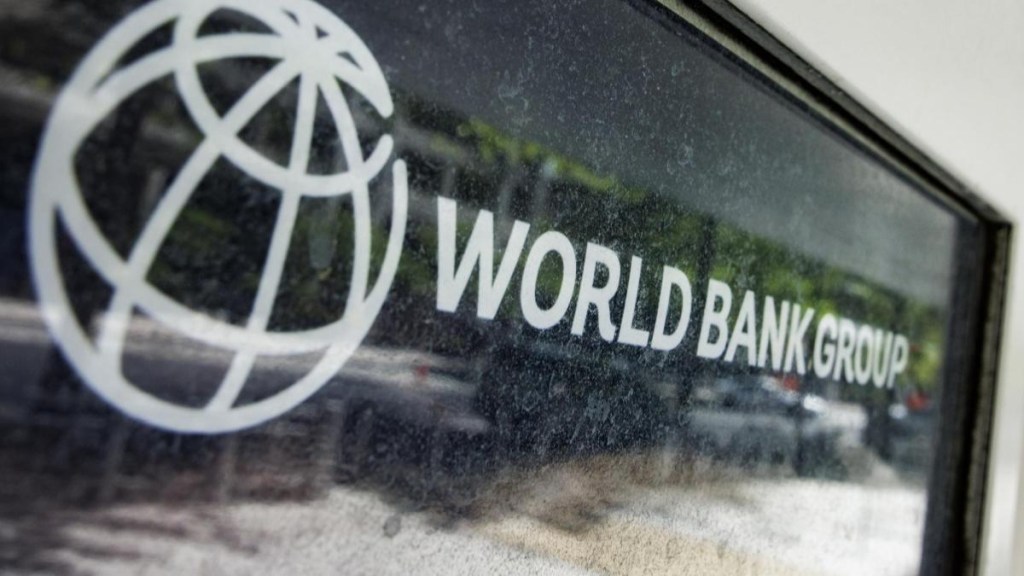The World Bank has raised India’s growth projection by 20 basis points (bps) to 6.5% for the current financial year due to better-than-expected performance in the first quarter but trimmed the projection for next year by 20 bps to 6.3% citing the impact of a steep 50% US tariff on Indian goods.
In its South Asia Development Update, the fund bank said growth in South Asia is on track to exceed earlier expectations and reach 6.6% in 2025, but is expected to slow to 5.8% in 2026, in part as a result of higher-than-expected tariffs on India’s exports to the US.
What did the world bank say in its report?
India is expected to remain the world’s fastest-growing major economy, underpinned by continued strength in consumption growth, it said. Domestic conditions, particularly agricultural output and rural wage growth, have been better than expected.
“The government’s reforms to the Goods and Services Tax (GST)—reducing the number of tax brackets and simplifying compliance—are expected to support activity, it said.
Real GDP growth exceeded expectations in Q1
In India, real GDP growth exceeded expectations in the April-to-June quarter of 2025, accelerating to 7.8%.
“The forecast for FY26/27 has been downgraded, however, as a result of the imposition of a 50% tariff on about three-quarters of India’s goods exports to the US,” the multilateral agency said.
India had been expected to face lower US tariffs than its competitors in April, but as of the end of August, it faced considerably higher tariffs. Almost one-fifth of India’s goods exports went to the US in 2024, equivalent to about 2% of GDP.
Growth in India was supported by strong private consumption and investment and boosted by lower-than-expected prices.
“Investment growth remains robust, supported by public infrastructure projects, strong credit growth, and loosening monetary policy. Strong rural wage growth has offset slowdowns in urban consumption, as seen in weakness in car sales and personal credit,” it said.
Industrial production and imports have largely maintained their strong momentum. Inflation was 2.1% in August, within the central bank’s 2–6% range. After holding its policy rate steady at 6.5% since early 2023, the central bank has cut it by a full percentage point since the beginning of 2025.
In India, public investment growth averaged 10% from 2022 to 2024, substantially higher than the Emerging Market and Developing Economies (EMDEs) average of 0.6%. In the right circumstances, these expenditures can crowd in private investment.
Facilitating internal worker migration can help people access higher-productivity jobs in booming regions, it said

